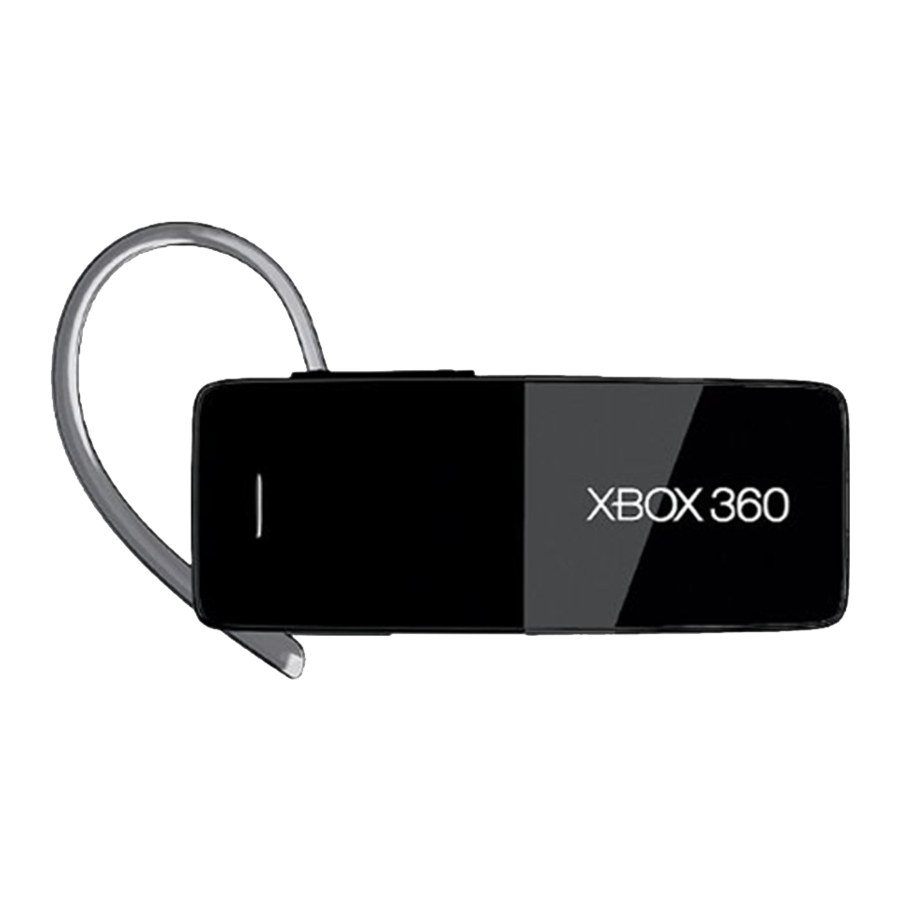XBOX 360 Dokumentation für Verbraucher - Seite 10
Blättern Sie online oder laden Sie pdf Dokumentation für Verbraucher für Lagerung XBOX 360 herunter. XBOX 360 27 Seiten. With bluetooth
Auch für XBOX 360: Benutzerhandbuch (14 seiten), Benutzerhandbuch (8 seiten), Benutzerhandbuch (10 seiten), Benutzerhandbuch (9 seiten), Gebrauchsanweisung (25 seiten), Benutzerhandbuch (14 seiten), Benutzerhandbuch (14 seiten), Benutzerhandbuch (25 seiten), Benutzerhandbuch (2 seiten), Anleitung für die Demontage (2 seiten), Kurzanleitung (2 seiten), Schnellstart-Handbuch (8 seiten), Benutzerhandbuch (31 seiten), Handbuch (7 seiten), Schnellstart-Handbuch (2 seiten), Schnellstart-Handbuch (2 seiten), Handbuch (6 seiten), Benutzerhandbuch (2 seiten), Handbuch (2 seiten)

- 1. Important Safety Information
- 2. Connect the Console to Power
- 3. Insert Batteries
- 4. Family Settings
- 5. Using the Disc Drive
- 6. Play Games
- 7. Connect to Xbox Live
- 8. Direct Connection
- 9. Watch Movies
- 10. View Your Pictures
- 11. Windows Media Connect
- 12. Removable Hard Drive
- 13. Memory Units
- 14. Troubleshooting
- 15. Caution Exposure to Radio Frequency Radiation
- 16. Declaration of Conformity with Regard to the R&TTE Directive 1999/5/EC
